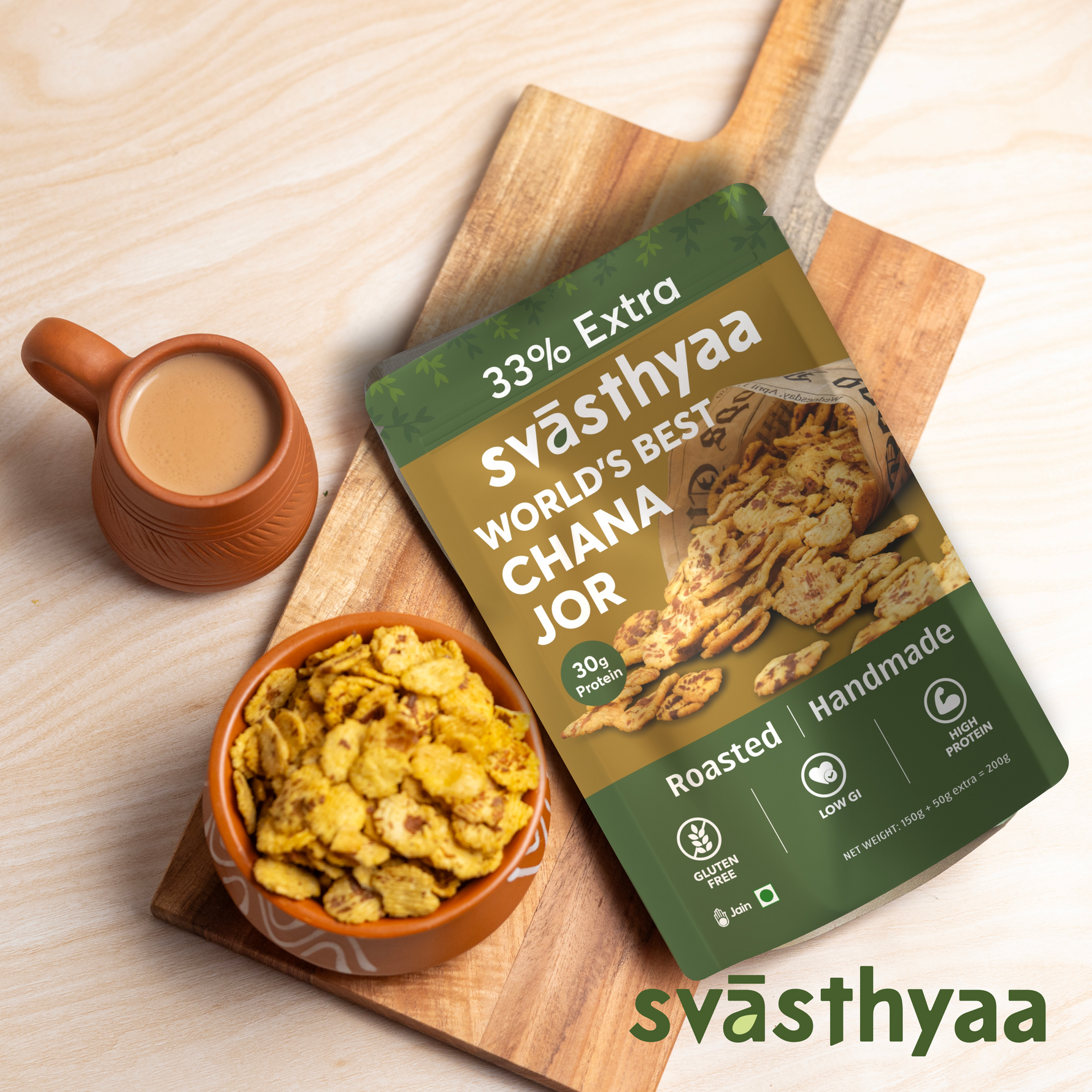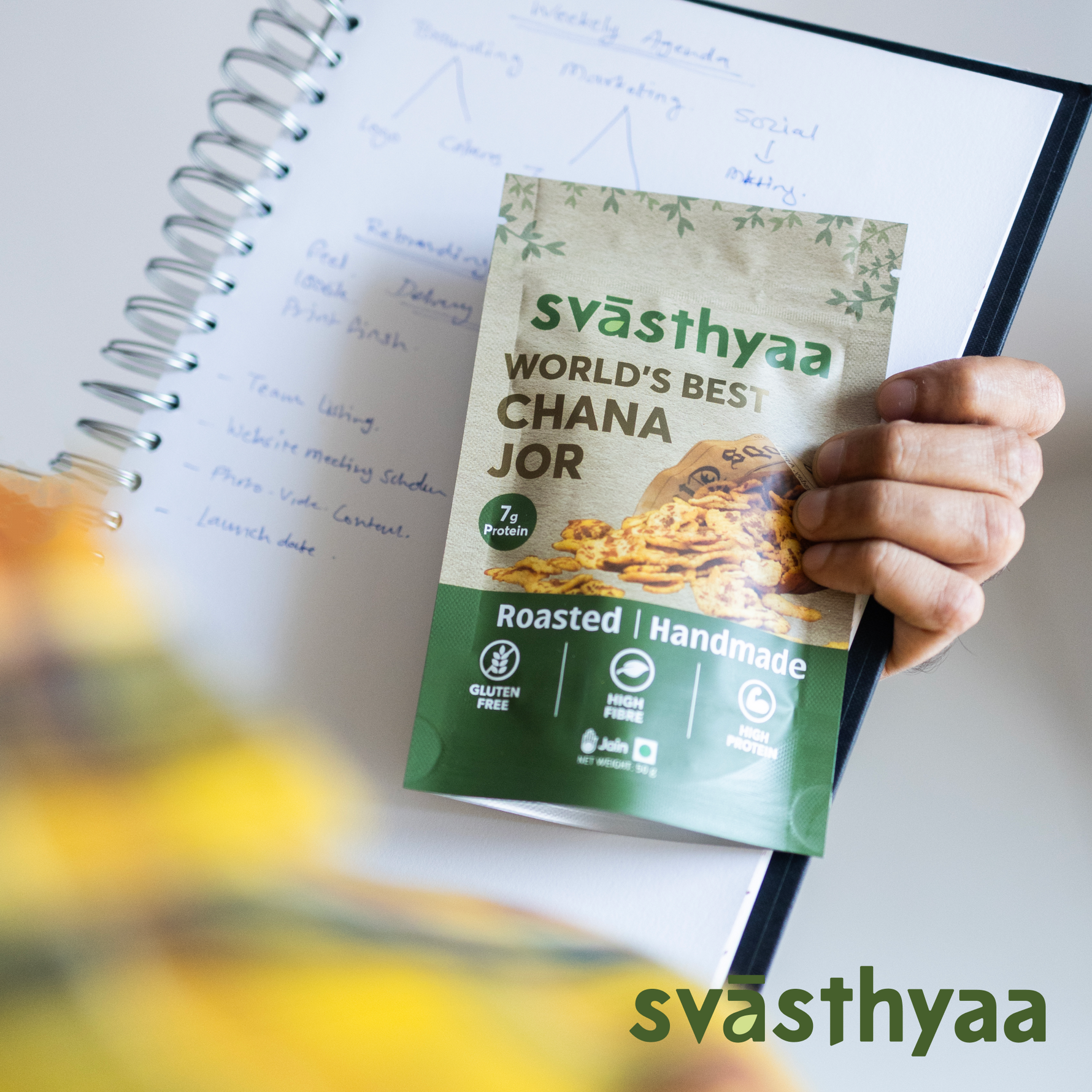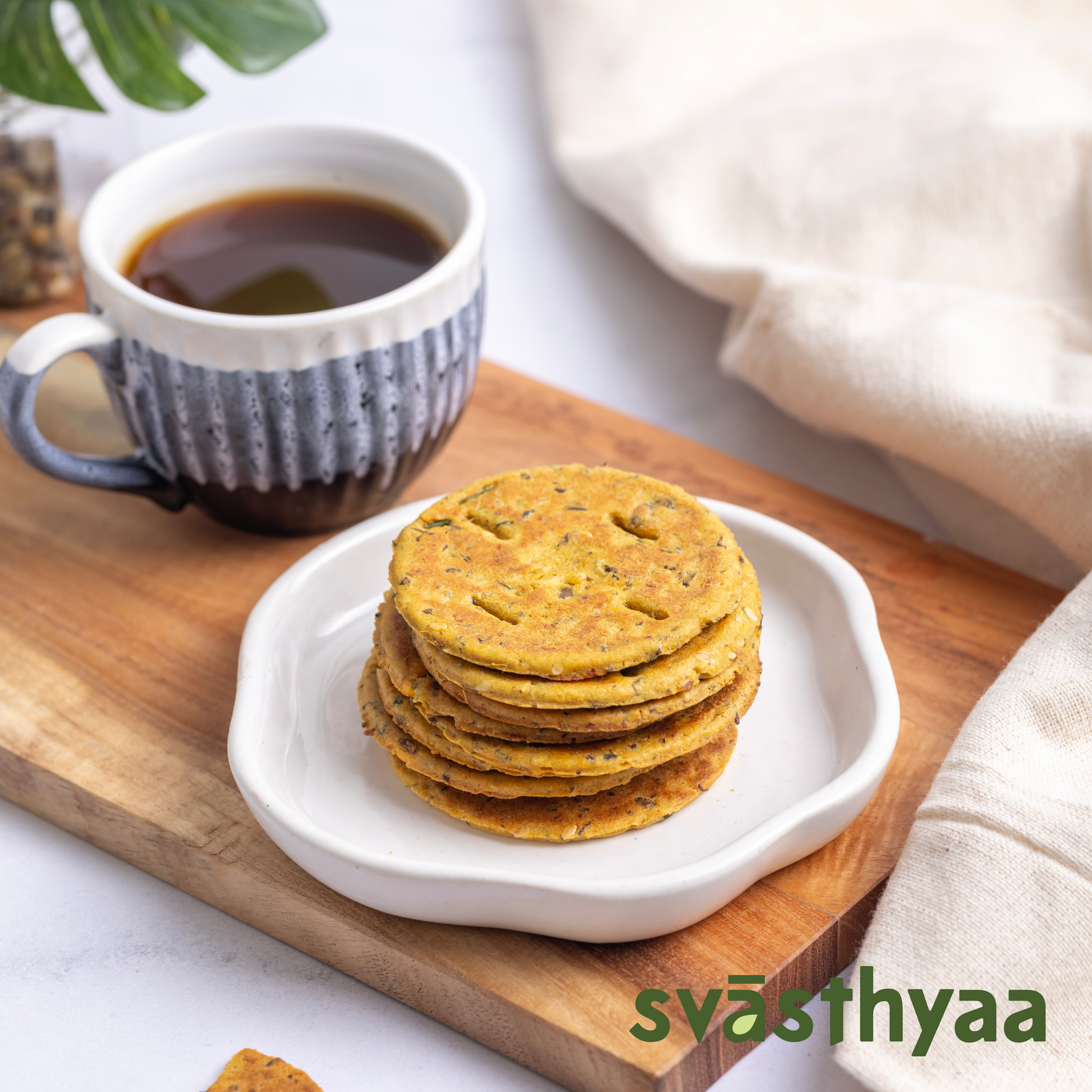Sugar is often a go-to sweet treat, but is it really healthy to consume in large quantities? While it can be a great source of energy, excessive sugar intake is linked to numerous health problems such as obesity, diabetes, and heart diseases. Understanding how much sugar intake is appropriate for your body and what types of sugars are the best is very essential to leading a healthier and balanced lifestyle. This article discusses the ins and outs of knowing what is best for your body.
Why Does Sugar Intake Matter?
Sugar is a natural carbohydrate found in many foods, including fruits and vegetables. However, the sugar we're concerned with is added sugars, a common term we all have heard at the backs of packaged foods and from the Gym-Bro instagram pages. But what does it mean? Added sugars are those which are added during food processing or preparation. Common sources of added sugars include sugary drinks, snacks, and processed foods. These sugars, when consumed, especially excessively can lead to serious health concerns.
But how do these sugars harm us? The body breaks down sugar into glucose, which is used by cells for energy, however excess glucose in the bloodstream can cause insulin resistance, leading to obesity, metabolic issues, and long-term health problems like heart disease, type 2 diabetes, liver damage, and tooth decay.
Recommended Sugar Intake by Age
The amount of sugar you should consume varies depending on your age, gender, and individual needs. Several health organizations, including the World Health Organization (WHO) and the National Health Service (NHS) in the UK, provide clear guidelines to help individuals limit their intake of added sugars.
Sugar Intake Chart By Age & Grams
Here is a simple sugar intake chart that outlines the recommended maximum daily sugar intake based on age and gender:
Age Group
Recommended Daily Sugar Intake
Children (2-18 years)
24 grams (6 sugar cubes) of added sugar
Adults (19 years and older)
30 grams (7 sugar cubes) of added sugar
Pregnant Women
25 grams (6 teaspoons) of added sugar
Senior Citizens (65+)
25 grams (6 teaspoons) of added sugar
These guidelines primarily focus on minimizing added sugars, which do not include those naturally found in whole fruits or vegetables. It is crucial to distinguish between naturally occurring sugars (found in fruits and vegetables) and added sugars in processed foods. By following the recommended daily serving of sugar, you can avoid exceeding your body’s tolerance and maintain good health.
How Excess Sugar Affects Your Health
Overconsumption of sugar, especially added sugars, can lead to a variety of health issues. While sugar in moderation isn’t inherently harmful, consistently consuming too much can have long-term consequences:
1. Weight Gain and Obesity
Excessive sugar intake contributes to an increased calorie intake, which can result in weight gain. Sugary foods and drinks tend to be calorie-dense but low in nutrients, leading to a net increase in overall calorie consumption. Over time, this can contribute to obesity, which increases the risk of many health problems, including heart disease, diabetes, and joint issues.
2. Increased Risk of Heart Disease
High sugar intake is linked to an increase in blood triglycerides (fat in the blood), elevated blood pressure, and inflammation—all of which are risk factors for heart disease. Studies have shown that people who consume large amounts of sugar are more likely to develop cardiovascular problems and have a higher risk of heart attacks or strokes.
3. Type 2 Diabetes
Over time, excessive sugar consumption can lead to insulin resistance, a condition in which the body’s cells become less responsive to the hormone insulin. This leads to higher levels of glucose in the blood, which can eventually result in the development of type 2 diabetes. Consuming large amounts of sugar regularly strains the body’s ability to regulate blood sugar, putting individuals at risk for this chronic condition.
4. Tooth Decay
Sugar plays a direct role in tooth decay. The bacteria in the mouth feed on sugar, producing acids that erode tooth enamel. Over time, this leads to cavities, gum disease, and other dental issues. Consuming sugary foods and beverages, especially those that stick to the teeth, increases the risk of oral health problems.
5. Liver Disease
Fructose, a type of sugar found in many processed foods and beverages, is metabolized primarily in the liver. Excessive consumption of fructose can lead to fatty liver disease (non-alcoholic fatty liver disease or NAFLD). This condition is increasingly common in individuals who consume large amounts of sugary foods and drinks.
Hidden Sources of Sugar You Need to Avoid
Sugar isn't only found in sweets, many packaged and processed foods contain hidden sugars, which make it easy to exceed your daily serving of sugar without even realizing it. Here are some common sources of hidden sugar to avoid:
Flavored Yogurt: While plain yogurt is healthy, many flavored versions contain added sugars.
Salad Dressings: Even savory dressings, such as those labeled "light" or "low-fat," can be high in sugar.
Granola and Protein Bars: These often contain large amounts of added sugars, even though they may seem like healthy snacks.
Canned Soups: Some canned soups, especially those with a slightly sweet flavor, may contain surprising amounts of sugar.
Bread: Many types of bread, especially white or packaged varieties, contain added sugars, even though they aren't inherently sweet.
Fruit Juices: Even if it's 100% juice, it still contains a lot of sugar and lacks the fiber found in whole fruits.
High-Sugar Fruits to Avoid
Fruits are generally healthy and contain natural sugars that are easier for the body to process. However, some fruits are higher in sugar than others, making it essential to be mindful of your fruit choices. High-sugar fruits that can contribute significantly to your daily sugar intake include:
Mangoes: Mangoes are delicious but contain up to 45 grams of sugar per fruit.
Grapes: A cup of grapes can contain up to 23 grams of sugar.
Cherries: A cup of cherries contains approximately 18 grams of sugar.
Bananas: A medium-sized banana has about 14 grams of sugar.
Pineapples: Pineapples are packed with sugar, offering around 16 grams per cup.
While these fruits are healthy, it's best to consume them in moderation if you are monitoring your sugar intake.
Tips to Reduce Your Daily Sugar Intake
Reducing sugar doesn’t mean you have to eliminate all sweetness from your diet. Here are some practical steps you can take to cut back on added sugar without sacrificing flavor:
1. Read Food Labels
Check the nutrition label on packaged foods to see how much added sugar they contain. Be aware of terms like "high-fructose corn syrup," "agave nectar," and "honey"—these are all forms of added sugar. Look for healthier alternatives or foods that are lower in sugar.
2. Opt for Whole Fruits
Whole fruits are rich in vitamins, fiber, and antioxidants, making them a better choice than fruit juices. They contain natural sugars, which are healthier and digested more slowly by the body, preventing blood sugar spikes.
3. Use Natural Sweeteners
Instead of refined sugar, try using natural sweeteners like stevia, monk fruit, or small amounts of honey or maple syrup. These alternatives can satisfy your sweet tooth with fewer calories and less risk to your health.
4. Cook More at Home
When you prepare your meals at home, you have full control over what goes into your food. This gives you the ability to reduce or eliminate added sugars in your recipes. You can also experiment with healthy, sugar-free cooking options.
5. Swap Sugary Drinks for Water or Tea
Sodas, energy drinks, and even sugary coffees are major sources of added sugar. Replace these drinks with water, sparkling water, or unsweetened tea and/or coffee for a healthier, low-calorie alternative.
6. Watch Your Sauces
Many sauces, including ketchup, barbecue sauce, and pasta sauce, can contain hidden sugars. Use them sparingly, or consider making your own versions at home to limit the sugar content.
Final Thoughts: How to Balance Sugar in Your Diet
It’s important to remember that not all sugars are created equal. Natural sugars in fruits and vegetables are much healthier than added sugars found in processed foods. Moderation is key—while it's nearly impossible to completely eliminate sugar from your diet, being mindful of added sugars can help you maintain a healthier balance.
By following the recommended daily sugar intake, reading labels carefully, and making conscious choices to reduce added sugar, you can enjoy a sweet life without compromising your health. Strive for balance by combining nutrient-rich whole foods with an awareness of how sugar fits into your overall diet.
FAQs
How many calories are in 1 teaspoon of sugar?
Just one teaspoon of sugar contains 16 calories, so it is important to be mindful of the sugar that we add to our drinks as well like coffees, teas, homemade juices, etc.
How many dates can a diabetic eat in a day?
A typical serving size is about 1–2 dates per day. This amount can fit within the daily carbohydrate allowance for many diabetics, but it's important to monitor blood sugar levels regardless.
I ate too much sugar, how to detox?
Flush out all that sweet stuff from your system by hydrating ASAP with water or other low-sugar fluids, and foods high in water content. Drink plenty of water and go for foods like watermelon, cucumbers, strawberries and yogurt.
Can sugar make you gain weight overnight?
No, sugar alone won't cause overnight weight gain, but it can contribute to temporary water retention and bloating, which can make you feel heavier but they don't contribute to actual fat gain.











